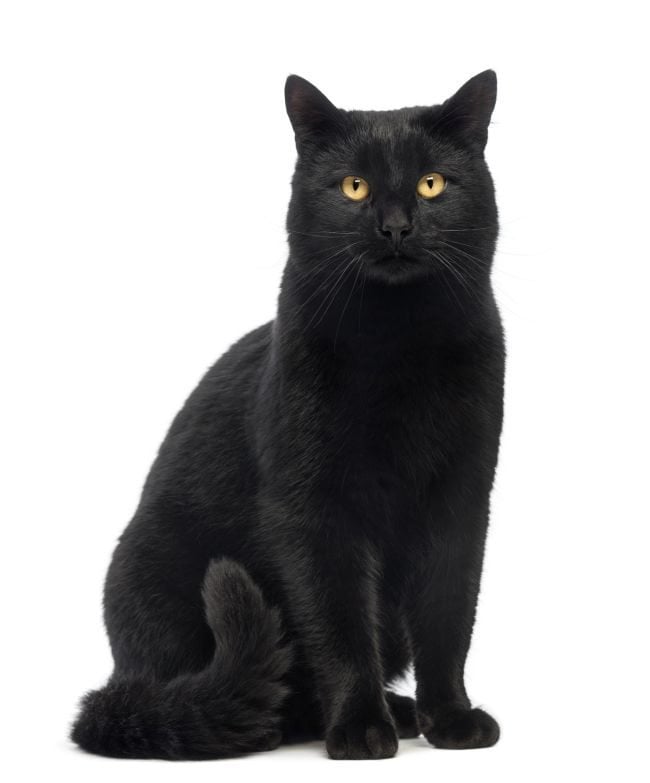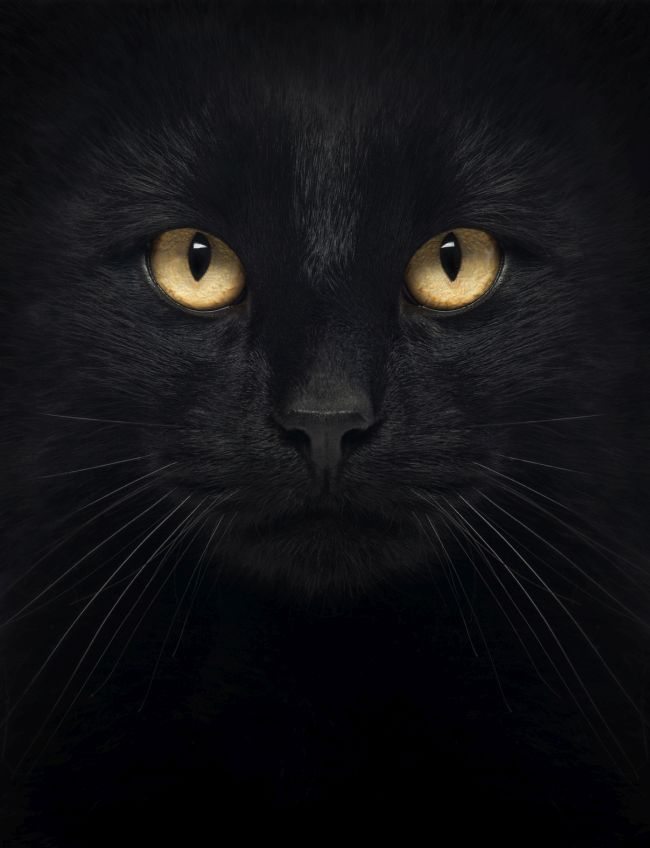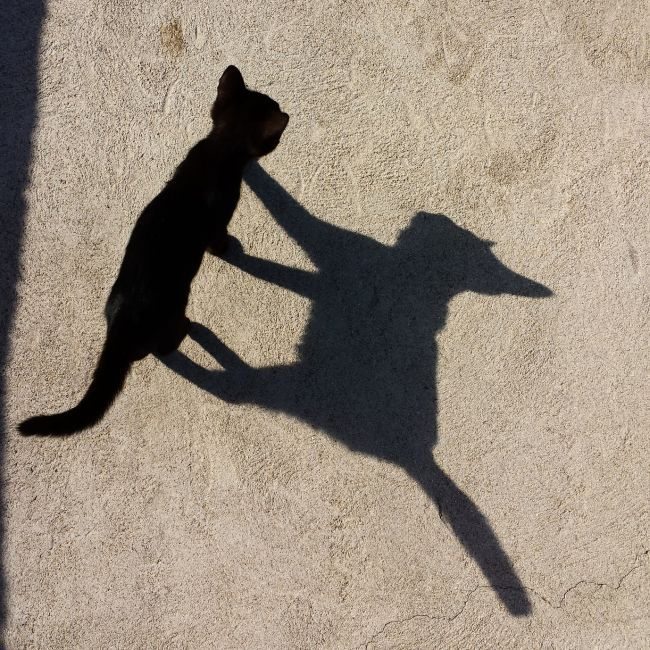It’s been a year since two of my best mates…
Photograph Black Cats and Save Lives
Cats are the most popular pets in the world by sheer numbers, which surprises some people because cats are viewed (by non-cat people) as cold, unaffectionate, and aloof. People with cats in their lives know better: Cats love to snuggle in and sleep with you, they often groom their owners in affectionate ways, and yes, cats run to the door to greet you with a cry and a head-butt.

Cats aren’t for everybody, of course, and the world is full of strays in need of homes. Havens, adoption agencies and shelters all over the world have discovered that black cats are statistically the most difficult to adopt out; in a litter of multicoloured kittens it’s not unusual for the black cats to be the last ones left after their siblings have been adopted. While superstition may play a role in this prejudice, one of the main reasons is the fact that many people do their ‘kitten research’ online viewing photos – and black cats simply do not show well in most photographs because they tend to appear as dark, vaguely cat-shaped smudges with scary pinpoint eyes.

If you’re looking to photograph some black kitties either for your own gallery of your beloved pets or to tempt someone into saving the life of a stray, here are some tips on how to take effective photos of black cats.
Background
One problem with black cats, of course, is that if they’re photographed against a dark background they don’t stand out. This prevents people from seeing their personality. However, when people realise this they often overcorrect and try to photograph the cat against a white background, or in a very tight close-up of the face. The results are never good when you photograph black cats this way: The white background makes them look even darker and less distinct, and a close-up often turns out as just a lot of, well, black.

The key is to use lighter backgrounds that complement the cat’s colouring. Tan and light browns work well. Oranges and golds can work well because they will bring out the cat’s eyes – many black cats have beautiful golden eyes.
Lighting
If at all possible, photograph black cats in full sunlight. Diffuse, natural light allows the cat’s features to be clearly seen while avoiding the reflections that a shiny black coat causes when a flash or harsh artificial light is used. These reflections result in ‘streaking’ on the cat’s coat which can deform and even radically change the cat’s appearance, often resulting in a sinister look.
Pose
The more natural the pose, the better, and the more active the pose, the more of the cat’s personality that comes through. Have you heard of the rock-and-rice trick? Toss a small rock to your chosen spot where the sun is streaming in and the background is ideal. When the cat goes to investigate, get your camera ready and shake a container of rice. When the cat turns to look at you, snap away! You’ll get a natural pose with motion and a relaxed cat at full attention.
Black cats need all the help they can get. Taking great photos of them can be a challenge, but it’s worth it if it gets them adopted more frequently. And if you take the most awesome photo of your own black cat and want it on your wall as a piece of awesome canvas art, click here and we’ll do it justice.



